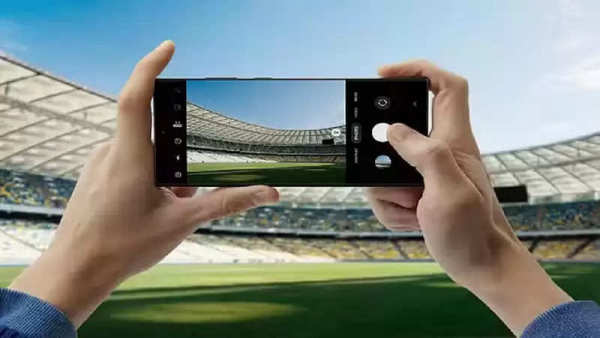
If you are fond of recording videos from a smartphone, then you must know how important the image stability of the camera is. Many people change their decision to buy a smartphone due to the quality of the camera. Especially while recording videos, it is very important to get footage with good quality and stability. Technologies like OIS (Optical Image stabilization) and EIS (Electronic Image stabilization) are used to control image stabilization in smartphones. Let us know what is the difference between the two and how they work.
Optical Image Stabilization i.e. OIS is a hardware-based technology that prevents the sensor or lens in your smartphone camera from physically moving. When you take a picture or record a video and the camera shakes (such as while walking or during light shaking), the OIS sensor detects it and works to put the lens in the correct position.
Benefits of OIS
OIS gives better performance in low-light photography.
It gives clearer and sharper pictures.
OIS keeps the lens stable during long exposure times.
EIS (Electronic Image Stabilization)
EIS is a software-based technology that works to digitally stabilize video footage during recording. It analyzes the data coming from the camera sensor and stabilizes the video by cropping the frame.
EIS also has benefits
Budget-range smartphones are equipped with EIS.
Makes video footage smoother.
It requires less hardware, so EIS phones are cheaper.
Know the main difference between OIS and EIS.
OIS is hardware-based, while EIS is software-based.
OIS is mainly used for taking photos and in low light, while EIS is better for video stability.
OIS is an expensive technology and is usually offered in premium smartphones, while EIS is also available in budget and mid-range devices.
Before buying a smartphone, it is important to understand what your needs are. If you are fond of photography and like low-light photography, then choose a smartphone with OIS. On the other hand, if you focus on video recording, then the option with EIS can be economical.
Disclaimer: This content has been sourced and edited from Amar Ujala. While we have made modifications for clarity and presentation, the original content belongs to its respective authors and website. We do not claim ownership of the content.